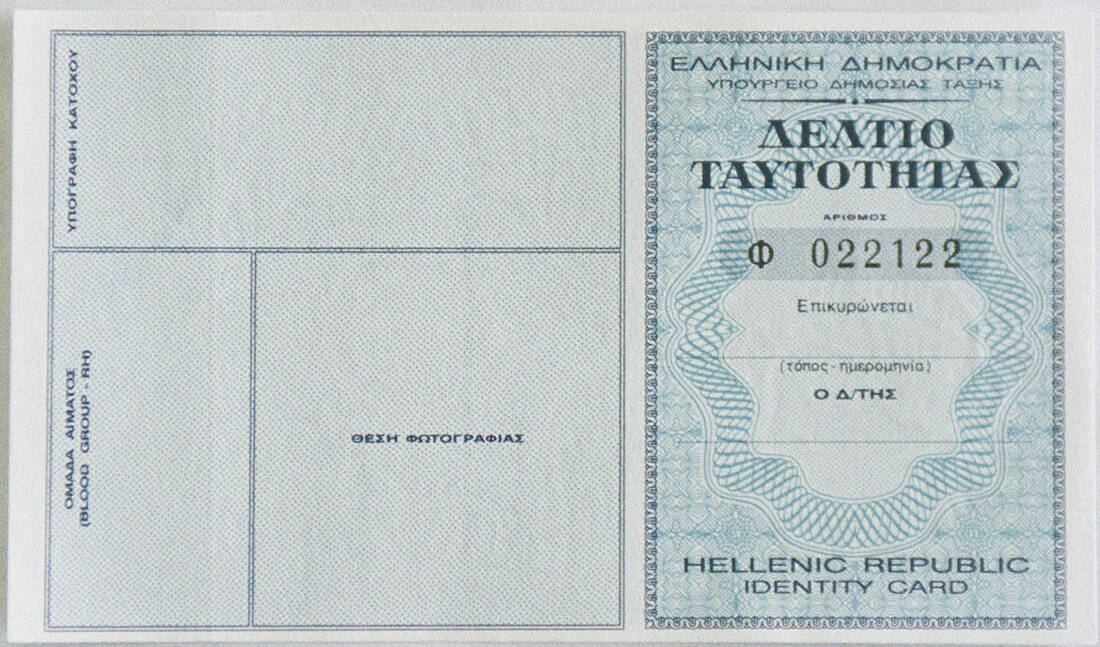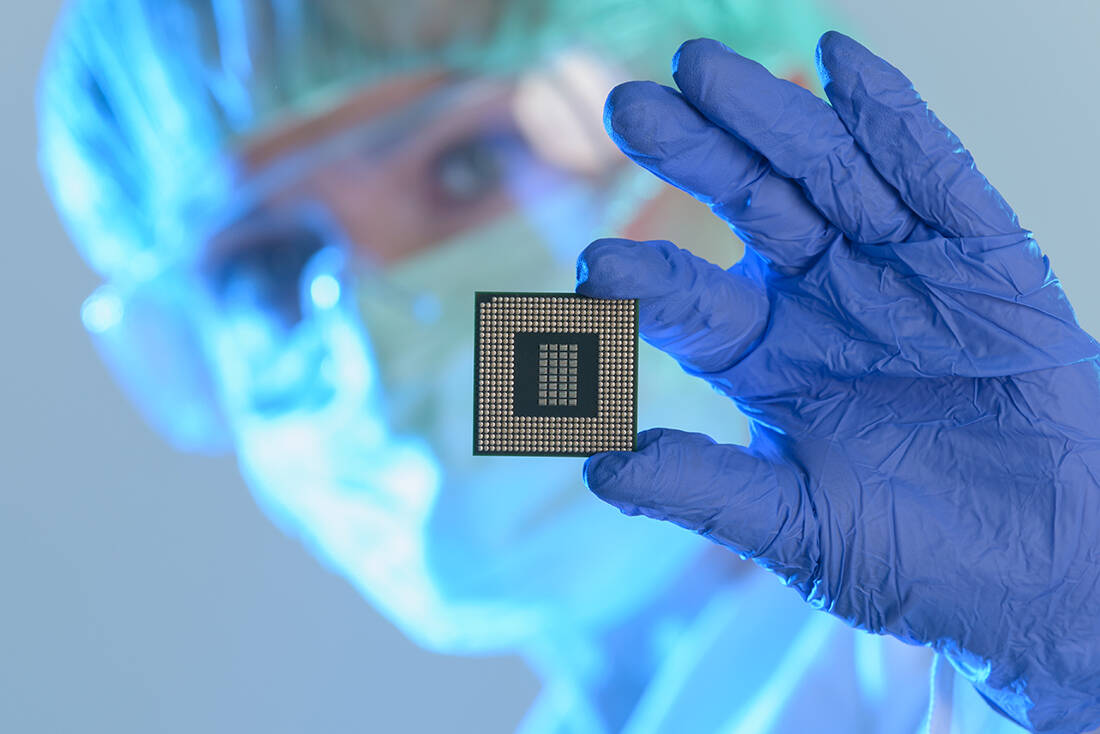From the moment we are born until the moment we die, we will use in all our transactions with Public a single specific personal number that will prove our identity.
In other words, we forget the Tax Registration Number (the well-known TIN), the Social Security Registration Number (AMKA) that has entered our lives in recent years and to a large extent the police ID card number that happens to change every time we lose it or we renew it after fifteen years.
All these numbers will be replaced in 2022 by the single "Personal Number" that each citizen will have and will never change.
To be precise, we will have the ticket number identity and the new personal number that will be printed on a size card like our well-known credits (or "the new forms of diplomas" as said by the competent Minister of Digital Government, Kyriakos Pierrakakis) and on it will bring a color photo of us. If we remember the personal number, the competent services will also find the ID number directly.
However, according to information, for a small transitional stage, until the system is normalized, the VAT and then we will be left with only the "personal number" - the truth is that the name will not be decided yet, we will find out in the coming weeks.

However, the new police ID cards that will carry a digital signature, which will be equivalent to the natural signature that the citizen has when an employee identifies him with the state, will also be the size of a credit card. "Heart" of this identity will be a super-chip that will have and will include everything data of the holder, namely: name, surname, father's name, mother's name, date of birth, height, place of birth, municipality to which he belongs, blood type, tax information, insurance data and even the driver's license. This chip will make it easier for the holder to trade with the State, ie with the health services (but without including data from the file with the medical history of each one), with the insurance funds, with the electronic banking transactions, with the signing contracts even with public transport.
Identities in several countries around the world currently work in a similar way. A classic example is the Republic of Estonia, which in recent years has taken significant steps towards the so-called "digitized state". In the Baltic country, upon receipt of the identity card, an e-mail address is delivered to the citizen where the state can contact him and send him important information whenever appropriate.
The ID card there contains, in addition to the color photo of the holder, a chip with a card reader so that it can be read by a computer, while in order to increase the level of security, a QR code (barcode) was finally added.

This is exactly the identity used by Estonians as a travel document for the European Union (for the rest of the world the passport is still valid), as a health and social security card, as proof of identity in transactions with financial institutions, as proof of receipt of medicines They have also been prescribed electronically (something that started to happen in our country after the coronation process) as a prepaid public transport ticket for some cities, as an electronic signature certificate, as a voter ID when called upon to exercise their right to vote in electronic cases. votes (eg for local referendums) but also as a "key" to accessing all state information bases such as the search for older tax returns and tax clearances.
In our country we may not reach this level, at least for the time being, but if nothing else it will be a step closer - by many a whole leap. In conclusion, we will soon be called to change our police identities (obviously at some class cost of eg 5 or 10 euros) and we will get our personal number, both of which will look like credit cards. With these we will circulate and make all our transactions with the State.
The new identities and the issuance of a personal number are the two major bets of the Ministry of Digital Governance, following the European Union's rules and safety standards. We remind you that a year ago, on June 6, 2019, the European Council adopted a regulation, which will ensure that the identities of European citizens and residence documents issued to European citizens, as well as those outside the EU. their relatives will be safer.

Thus, according to the new regulations, the IDs will have to be made in a single credit card format, will include a machine-readable strip and will follow the basic security standards set by ICAO (International Civil Aviation Organization). They will include a photo and fingerprints of the owner of the ticket, which will be stored digitally, intact. chip. Identities will show the code of the country of the Member State that issues them, within an EU flag.

The ID cards will have a minimum validity of five years and a maximum validity of ten years. Member States will be able to issue longer-term identity cards to persons over the age of 70, and if ID cards are issued to minors, they may have a validity period of less than 5 years.
The new regulations, which are being enacted, include strong safeguards to protect them data, so as to ensure that the information collected is not accessible to third parties. More specifically, the national authorities of each State shall have the obligation to ensure the safety of the contactless circuit and the data stored on it, so that it is not possible to access it without the permission of the holder.
